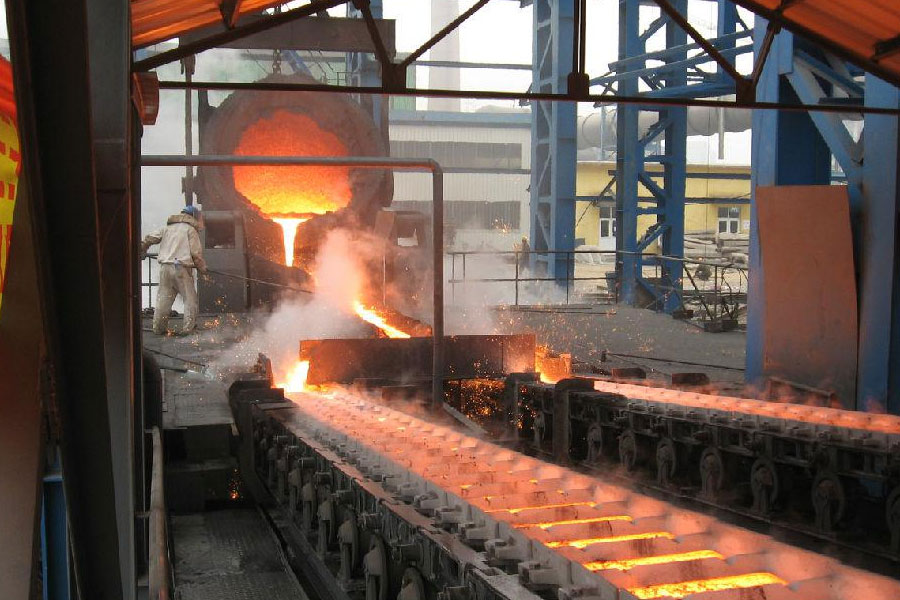CI Casting Company
Are you searching for a CI Casting Company in Australia? Your search ends here! Businessetu features a range of premier CI Casting Companies from India, connecting you with top manufacturers known for exceptional quality and competitive prices. With advanced foundries and skilled craftsmanship, these companies deliver precision-engineered cast iron components to meet diverse industrial needs. India's improved trade policies and close ties with Australia ensure a seamless process. Whether you require CI castings for automotive, machinery, or construction, our marketplace offers comprehensive options. Explore the benefits of partnering with Indian CI Casting Companies today for top-quality casting solutions.

Product Specification of CI Casting
| Specification | Details |
|---|---|
| Product Name | CI Casting |
| Material Grades | Grey Cast Iron, Ductile Cast Iron, Malleable Cast Iron, Alloy Cast Iron |
| Manufacturing Process | Sand Casting, Shell Moulding, Investment Casting, Centrifugal Casting, Continuous Casting |
| Casting Weight Range | From a few grams to several tonnes |
| Size Range | Small, medium, and large castings with custom dimensions |
| Tolerance Level | High precision tolerances as per customer requirements |
| Surface Finish | As-cast, Machined, Painted, Coated, Polished |
| Heat Treatment | Normalizing, Annealing, Hardening, Tempering |
| Standards Complied | IS, ASTM, BS, DIN, JIS, ISO, EN |
| Quality Control | Rigorous inspection and testing including NDT (Non-Destructive Testing), Dimensional Inspection, Mechanical Testing, Chemical Analysis |
| Production Capacity | High volume production capabilities with flexibility for small batches |
| Customization | Customized designs and specifications as per client requirements |
| Packaging | Wooden crates, Metal pallets, Custom packaging solutions |
| Lead Time | Short and reliable lead times |
| Certifications | ISO 9001, ISO 14001, OHSAS 18001, NABL (for in-house testing labs) |
| Export Markets | North America, Europe, Middle East, Asia, Australia |
| Key Features | Durability, High Strength, Wear Resistance, Thermal Conductivity, Corrosion Resistance |
| After-Sales Support | Technical assistance, Installation support, Maintenance services |